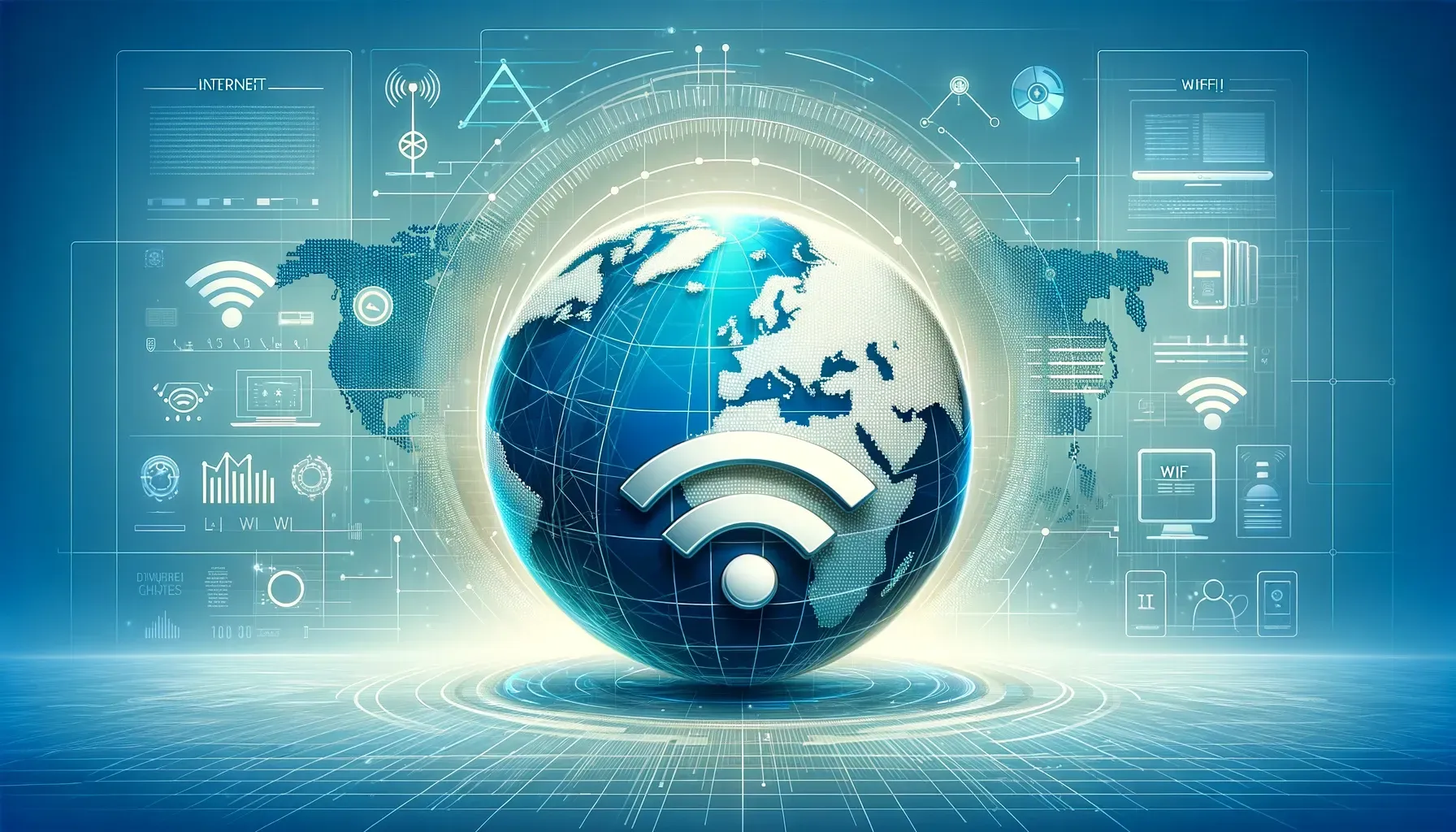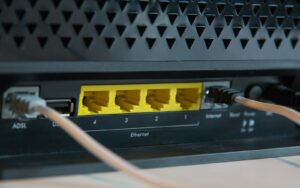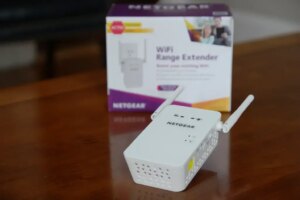Is Internet the same as WiFi? No, they are different. The Internet is a vast network that connects computers worldwide, allowing them to share information. WiFi, on the other hand, is a technology that enables devices to connect wirelessly to the Internet within a specific area.
While both are essential for accessing online content, their roles and functionalities differ significantly. Stay tuned as we dive deeper into their differences and how they work together to keep us connected.
The Internet is like a vast highway system connecting cities around the world, allowing for the free flow of information and communication between them.
In contrast, WiFi is like a local road that branches off from the highway, providing a wireless connection for devices within a specific area to access and interact with the broader Internet network.
What Exactly Is WiFi?
WiFi stands for “Wireless Fidelity.” It’s a wireless networking technology that uses radio frequencies to allow devices to connect to the internet and communicate with each other without physical cables or wires. Essentially, Wi-Fi forms connections between devices to create wireless local area networks (WLANs).
Some key things to know about Wi-Fi networks:
- They allow wireless-capable devices, like laptops, smartphones, and more, to connect to each other and the web without wires.
- The range is limited – usually up to about 30 feet indoors. Wi-Fi networks use wireless access points like routers to connect your devices.
- You can connect to public Wi-Fi networks at places like coffee shops and airports, or set up a private network at home through your internet service provider.
So in summary, Wi-Fi is the vehicle for providing wireless access to an existing internet connection. The internet connection itself, which we’ll cover next, is a separate entity provided by your internet service provider.
See also: What is SSID for WiFi Explained!
Defining the Internet
The internet refers to the vast global network that allows computer devices around the world to connect with each other. It’s essentially a massive wide area network (WAN) made up of interconnected servers, routers, cables, satellites, cell towers, and various other infrastructure that allows these connections to take place.
Some key things to know about the internet:
- The internet provides the infrastructure that allows computer networks worldwide to communicate and share information with each other via Internet Protocol (IP).
- No single entity owns all of the internet – it’s made up of public, private, government, academic, and business networks.
- Internet service providers (ISPs) like Comcast, AT&T, and Verizon provide customers with access to the internet itself.
- Using a modem and router provided by your ISP, you can connect your home devices to the internet and browse web pages and apps, stream media, send emails, and more.
So while Wi-Fi provides localized wireless connectivity, the internet provides the actual highway system that allows you to access web-based services, platforms, and resources online.
Connecting Via Wi-Fi Enables Internet Connectivity
Now that we’ve defined both Wi-Fi and the internet, how do they actually interact with each other on a practical level?
Simply put, Wi-Fi is one of the primary ways we’re able to access the internet wirelessly with devices like phones, laptops, computers and more.
It works like this:
- Your ISP sets up a hardwired internet connection to your home, usually via cable, DSL, fiber optic lines, or satellite. This physical connection taps you into the wider global internet network.
- A modem and router are the necessary equipment installed to facilitate this internet connection throughout your home so multiple devices can access it.
- The router serves as a bridge, connecting your devices wirelessly to your home’s internet network via Wi-Fi technology.
So Wi-Fi could be thought of as the intermediary that allows our devices to connect to the internet without physically plugging into the modems and routers that ISPs put in place. It serves as a wireless access point.
Can Wi-Fi Exist Without an Internet Connection?
An important distinction many people get confused is whether Wi-Fi can provide connectivity without an existing internet source.
The answer is….kind of!
Wi-Fi, at its core, enables wireless networking capabilities between devices. Even without an active internet connection, Wi-Fi allows devices in close proximity to still:
- Discover other device hardware on the network
- Facilitate communication between connected devices
- Share resources like files, folders, printers, etc.
However, any activity that requires actual internet access – like visiting websites, using internet-enabled apps, streaming video – will fail without that established internet connectivity in place.
Situations where you might be connected to a Wi-Fi network without internet access present include:
- Using public Wi-Fi that requires additional sign-in or payments to enable full internet access.
- Connecting to a Wi-Fi router being powered on without an active internet source plugged into it.
- Experiencing an internet outage in your area or with your provider while still being connected to your home or office Wi-Fi network.
The next section covers troubleshooting some of these scenarios.
Diagnosing Wi-Fi and Internet Problems
Understanding the nuances between Wi-Fi connections and internet connectivity helps troubleshoot issues when things go down.
Let’s overview some common troubleshooting scenarios:
You have Wi-Fi access but no internet connectivity
As covered above, it’s possible for your devices to be connected to a Wi-Fi network but still not have access to the internet. Some things to try here:
- Reboot your modem and router – cycling the power can clear up software hiccups.
- Check for service outages in your area with your ISP.
- Ensure all hardware connections are securely plugged in, undamaged, and using the correct ports/cables.
- Verify your ISP bill is paid and service active – no payment can mean no connection!
- If using public Wi-Fi, check for any required sign-in procedures to enable full internet access.
Pages and videos buffer slowly despite full Wi-Fi bars
Don’t assume your Wi-Fi signal strength is correlated with internet speeds! You could have full Wi-Fi signal coverage but the internet connectivity itself is weak or struggling.
- Run internet speed tests to verify you’re getting your paid speeds from your ISP.
- Contact your ISP if speeds are consistently low – you may need to upgrade your internet plan.
- Check the traffic on your network – more devices connected can slow things down.
- Ensure your router firmware and OS system updates are all current.
Certain areas in your home have slow or no Wi-Fi coverage
Wi-Fi range can fluctuate in homes due to interference from objects, building materials, and distance from the wireless router itself:
- Reposition your router to a centralized area for optimal coverage.
- Upgrade to a mesh Wi-Fi system, which blankets homes in Wi-Fi nodes for full coverage.
- Use Wi-Fi extenders to boost signals to dead zones like basements and back bedrooms.
- Adjust the channel your router broadcasts on for less interference.
- Upgrade your overall router if range is a consistent problem.
Why Understanding the Difference Matters
Beyond just helping resolve connectivity problems more efficiently, knowing the precise difference between your wireless network and your actual internet source opens up some other advantages:
Setting up new devices and networks properly – Accurately navigating modem, router, and internet configurations will give you the best foundation for solid performance.
Comparing service options correctly – When exploring new internet providers, know that Wi-Fi capabilities are just one piece of the full offering. Factor in broadband technologies, speeds, data caps, etc.
Allocating your budget effectively – Separating router upgrades from internet upgrades makes it easier to set spending priorities to address performance issues.
Enhancing overall technical literacy – Given the world’s reliance on internet-enabled devices, boosting your network knowledge pays dividends down the road as technology progresses.
So while it may just seem like semantic nitpicking to some, recognizing the unique roles Wi-Fi and internet serve helps us leverage both technologies more strategically at home, work, and on the go.
Key Takeaways: Decoding the Wi-Fi and Internet Relationship
To recap, while Wi-Fi and the internet are intertwined technologies, they serve distinct purposes:
- Wi-Fi facilitates wireless networking and communication between local devices via wireless router access points.
- The internet provides the global infrastructure to access web-based services and platforms by connecting computer networks worldwide.
- Wi-Fi enables our devices to connect to the internet, and thus its resources, sans cables and wires through ISP provided modem and router hardware.
- Wi-Fi hardware can still facilitate wireless communication between devices even without an active internet source plugged in.
So the next time your friend asks why their laptop says it’s connected to Wi-Fi but webpages won’t load, you can concisely clarify that while their wireless connection is working, the internet connectivity enabling full web access could be the culprit!
Equipped with this improved level of understanding, you can now confidently untangle Wi-Fi and internet confusion, tackle related technical issues with ease, and optimize your home and work networks.





